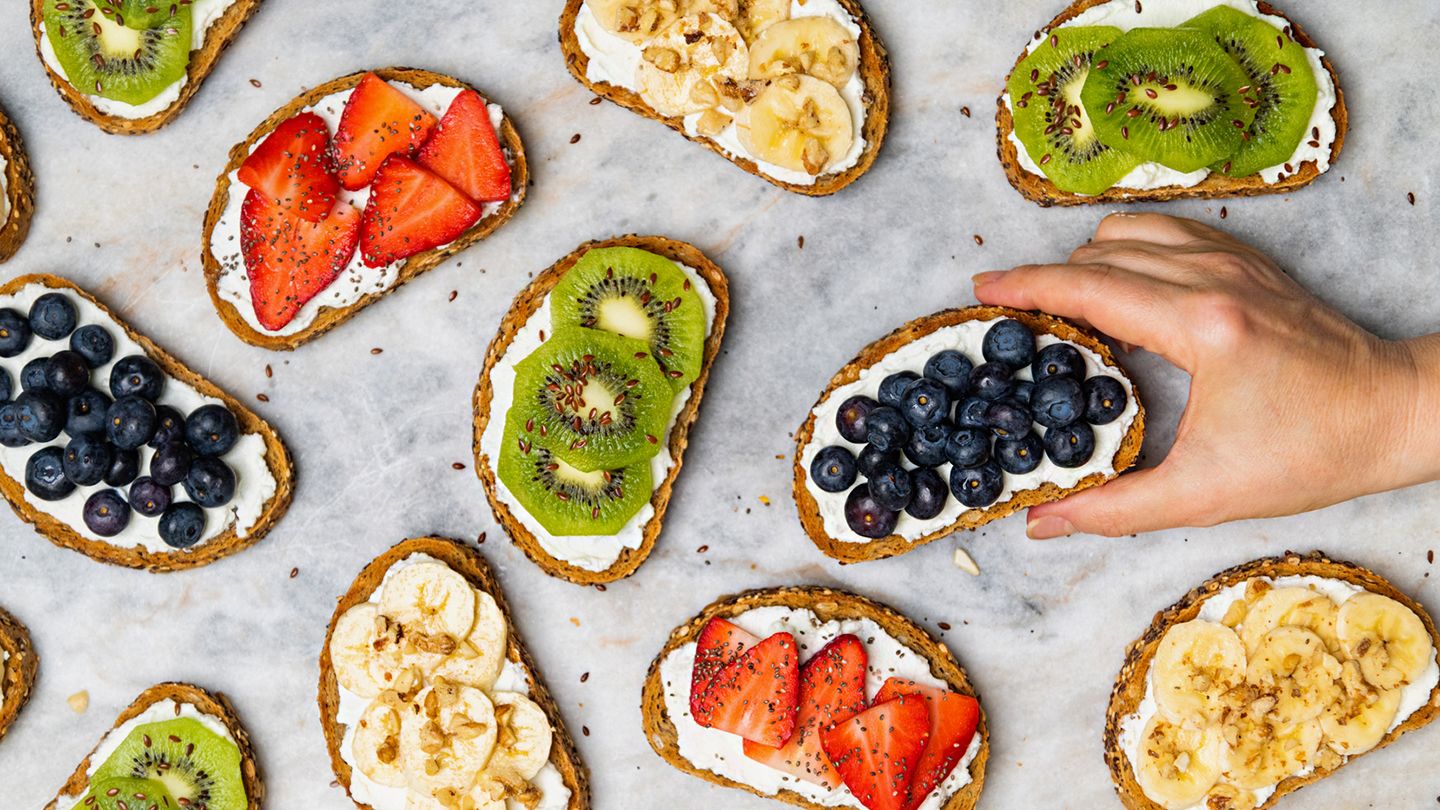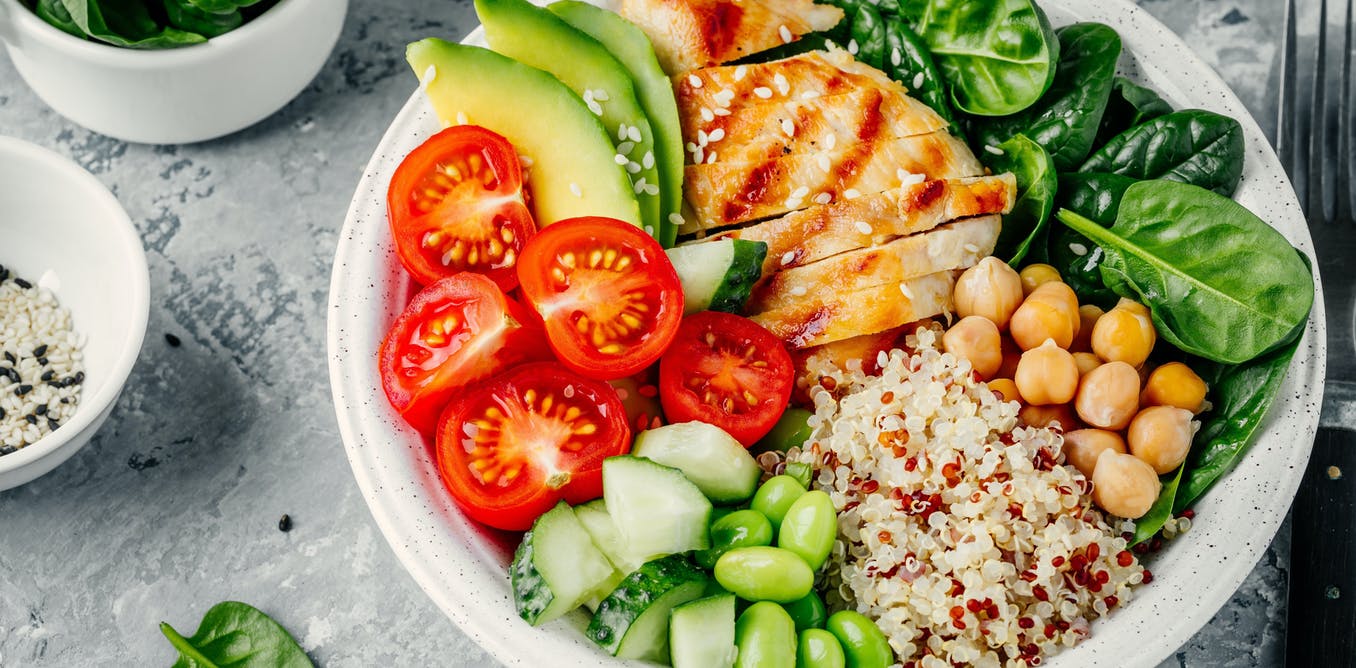
What exactly is modified food starch? Well, as its name suggests, it is food that has been “modified”. That is, it is made up of one less molecule of glucose or one more of an organic sugar (usually from soy). It is usually produced by extracting the starch from vegetables and sometimes animal material. This is the most common method today of making breads and sauces. Other uses include high-acid cooking, candy coating, and adding flavor to foods.
Modified food starch comes in two forms: soluble and insoluble. Soluble food starch is easily digested and does not change its texture when cooked. Insoluble food starch changes its texture and can clump when heated. The most common of these is corn fiber. However, modified starches can be produced from any vegetable source, including wheat, rice, corn, potatoes, sorghum, buckwheat, triticale, wild rice, cornstarch from tropical and subtropical plants, and so on.
There are two types of chemical modification: non-organic and organic – Non-organic starch is not altered chemically; it is the way nature makes it. Examples are the sugars that appear in fruits, and the starch that occur naturally in many plants, like corn or potatoes, for example. Organic modification, on the other hand, occurs when organisms are chemically changed to provide some sort of nutrient, whether the modification is a short-term immobilization of a key feature or a longer term evolution of the trait over many generations.
The most common of these chemical modifications is the addition of sugar – Sugar is added to increase the stability of a product, which can be done by adding vitamins or amino acids to help protect or boost the growth of a plant. Another example is in the manufacturing process for jams, jellies, sauces, custards and fruit juices. Sometimes the addition of sulfur or an acid is also used as a chemical modification. The purpose of this is to help produce a product that is more stable, meaning it will keep longer and produce a higher quality. For example, sulfur is often added during the roasting process in order to prevent burning of the meat in the finished product.
One of the most common uses – of what is modified food starch in the manufacturing process for processed foods is in the chemical rendering process. During this process, the starch is dehydrated to separate water and moisture. In order to achieve this result, the starch is passed through an anion exchanger, where the negatively-charged sodium ions are replaced with hydrophobic (water-free) sodium ions. This separation is achieved through what is known as ion exchange, where a pH level is re-established in the de-mineralized salt. After this step, the salt is then passed through a drying bath to remove any remaining moisture.
When looking at the way – in which what is modified food starch can be used, there are two primary ways in which it can be used. The first method involves introducing genetically altered enzymes into the food during the processing process. For instance, in how many types of meat is done, enzymes are introduced either singly or in pairs into the animals in order to help promote growth. In this way, the animals’ bodies will start to break down the native starch in their muscles and other tissues at a faster rate, resulting in better meat.
Of course, this requires that the meat be frozen immediately after the treatment, although further processing can also help speed up this process.

 Espresso Powders For Baking In 2022
Espresso Powders For Baking In 2022  How Big Is A Quarter Sheet Cake
How Big Is A Quarter Sheet Cake  How To Make Mini Brownie Bites?
How To Make Mini Brownie Bites?  How To Make Easy Brioche Bread?
How To Make Easy Brioche Bread?  1 Minute Oreo Mug Cake
1 Minute Oreo Mug Cake  Healthier White Sugar Substitutes You Can Use For Your Cooking And Baking Recipes
Healthier White Sugar Substitutes You Can Use For Your Cooking And Baking Recipes  Cupcake Size Chart : How Does It Works
Cupcake Size Chart : How Does It Works  1 Minute Chocolate Chip Mug Cookie (No Egg!)
1 Minute Chocolate Chip Mug Cookie (No Egg!)  The Ultimate Chocolate Mud Cake
The Ultimate Chocolate Mud Cake  Basic Vanilla Cup Cake Recipe
Basic Vanilla Cup Cake Recipe  Applesauce Substitute List You Need To Start Baking
Applesauce Substitute List You Need To Start Baking  Ridiculously Funny Baking Captions For Instagram
Ridiculously Funny Baking Captions For Instagram  How Are Kitchen Surfaces That Touch Food Made Hygienic?
How Are Kitchen Surfaces That Touch Food Made Hygienic?  The Good, the Bad and the Downright Ugly of Gordan Ramsay’s Food Venture
The Good, the Bad and the Downright Ugly of Gordan Ramsay’s Food Venture  The Future of the Corn and Soybean Storing And Marketing Service (CFS) Are Positive
The Future of the Corn and Soybean Storing And Marketing Service (CFS) Are Positive  The Most Controversial Dog Food in the I And You Dog Food
The Most Controversial Dog Food in the I And You Dog Food  What is Modified Food Starchy?
What is Modified Food Starchy?  Food And Drink 2 Words – Can You Really Get Luck From The Wheel Of Fortune?
Food And Drink 2 Words – Can You Really Get Luck From The Wheel Of Fortune?  How Do Earthworms Go About Creating Food?
How Do Earthworms Go About Creating Food?  Difference Between Food Web and Food Chain
Difference Between Food Web and Food Chain  Foods That Start With the Letter G – Which Is What Makes These Dishes So Good?
Foods That Start With the Letter G – Which Is What Makes These Dishes So Good?  Why Will My Dog Won’t Eat His Food But Will Eat Treats?
Why Will My Dog Won’t Eat His Food But Will Eat Treats?  Review of Shokugeki No Soma Episode 21 – “Shokugeki No Soma” Finale
Review of Shokugeki No Soma Episode 21 – “Shokugeki No Soma” Finale  What is the Best Way to Restrict the Development of Bacteria in Food?
What is the Best Way to Restrict the Development of Bacteria in Food?  My Time at Portia Dogs Food Review
My Time at Portia Dogs Food Review  Iams Large Breed Puppy Food – Feed Your Dog Healthy, Fun, and Nutritious Food
Iams Large Breed Puppy Food – Feed Your Dog Healthy, Fun, and Nutritious Food  Feed Your Senior Dog – Chicken And Brown Rice Nutritional Supplement
Feed Your Senior Dog – Chicken And Brown Rice Nutritional Supplement  Tie Dye With Food Coloring
Tie Dye With Food Coloring  Dragon And Phoenix Chinese Food – What Are They?
Dragon And Phoenix Chinese Food – What Are They? 


